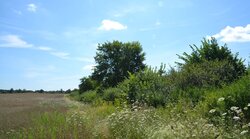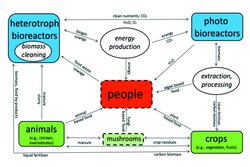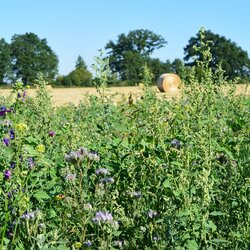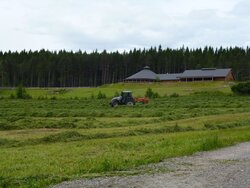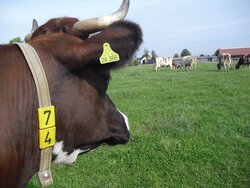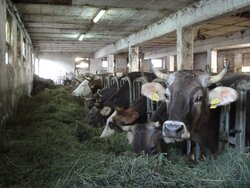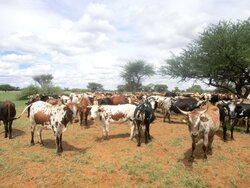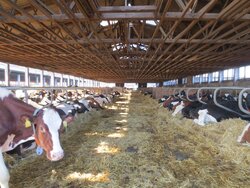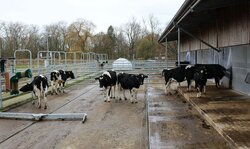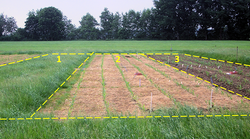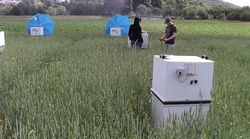Ressource efficiency
Compared to high input systems of agriculture organic farming has lower area productivity. Whereas its positive effects on biodiversity and its lower energy use per area are obvious. In many production steps resource efficiency in energy use and in environmental issues are not clear and options for possible improvements by management are not analysed.
Scroll to top

![[Translate to English:] [Translate to English:]](/media/_processed_/8/e/csm_Bildschirmfoto_2021-03-03_bearb_fc48ac88bf.jpeg)
![[Translate to English:] [Translate to English:]](/media/_processed_/8/e/csm_Bildschirmfoto_2021-03-03_bearb_ba3ec0e9d7.jpeg)
![[Translate to English:] Nememerge](/media/_processed_/6/8/csm_Nememerge_Bild_Web_NEM-EMERGE_2924d93baf.png)
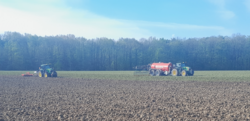
![[Translate to English:] Establishment of a silvoarable agroforestry system for the production of high value timber](/media/_processed_/b/c/csm_Projekt_Agroforst_Wertholz_Image3_4e624c12eb.png)
![[Translate to English:] RindforNet](/media/_processed_/d/c/csm_Projekt_RindforNet_-_RindforNet_Logo_1d9ca1adc3.png)
